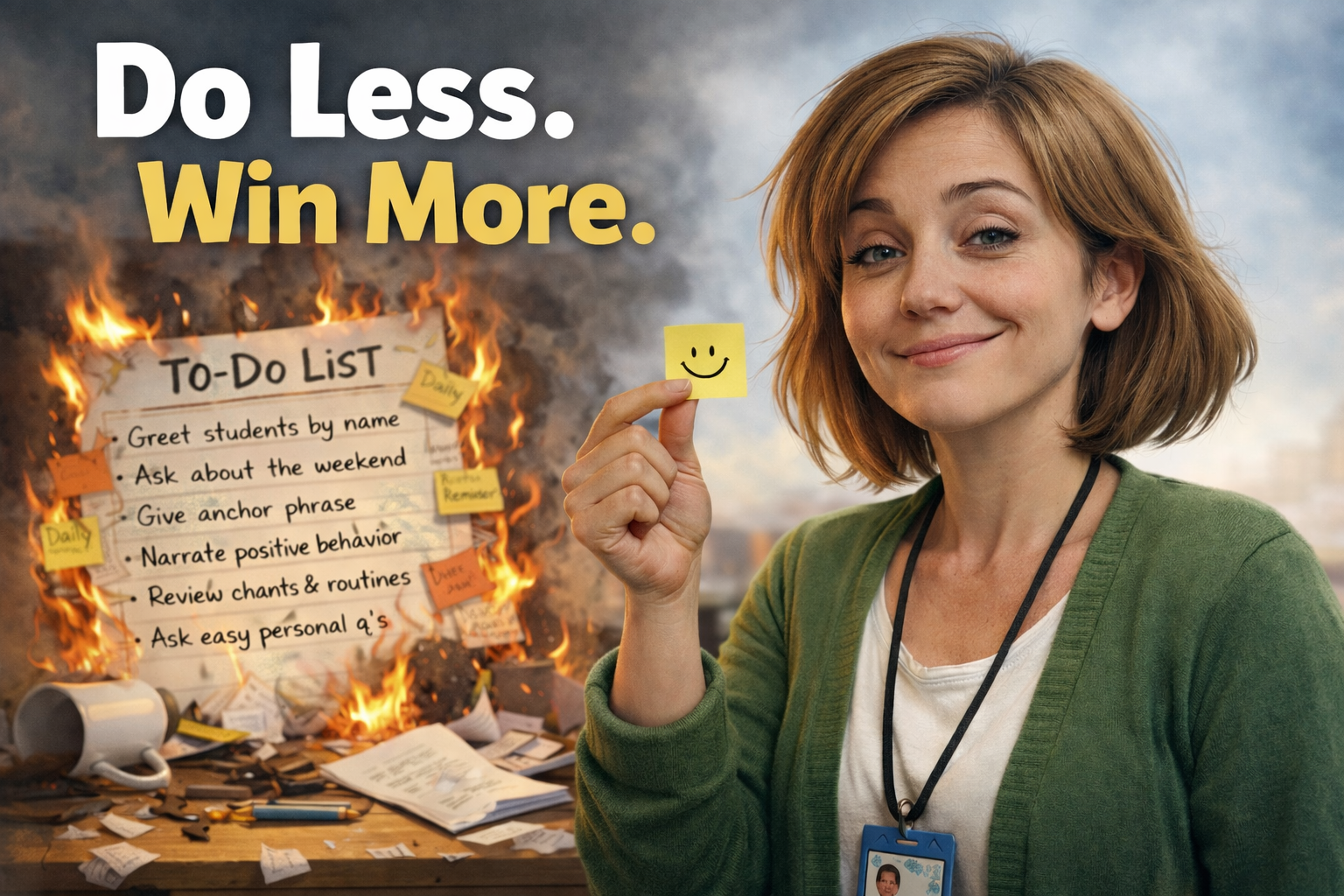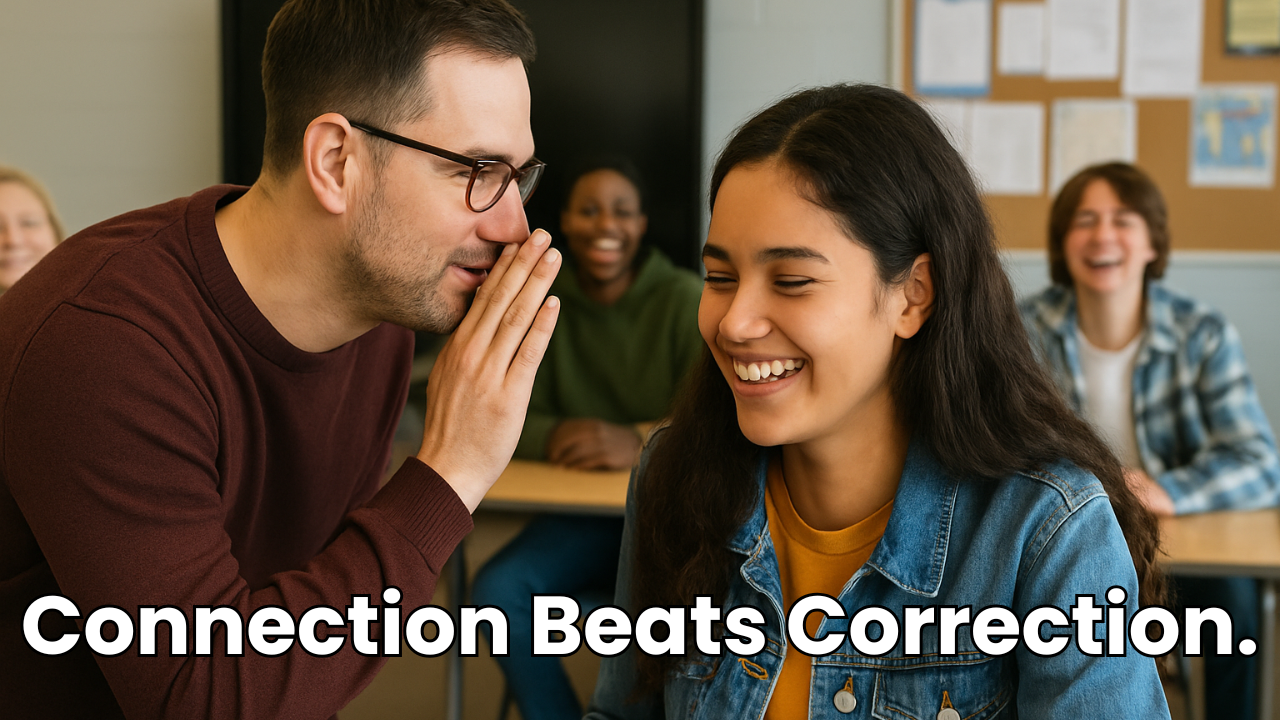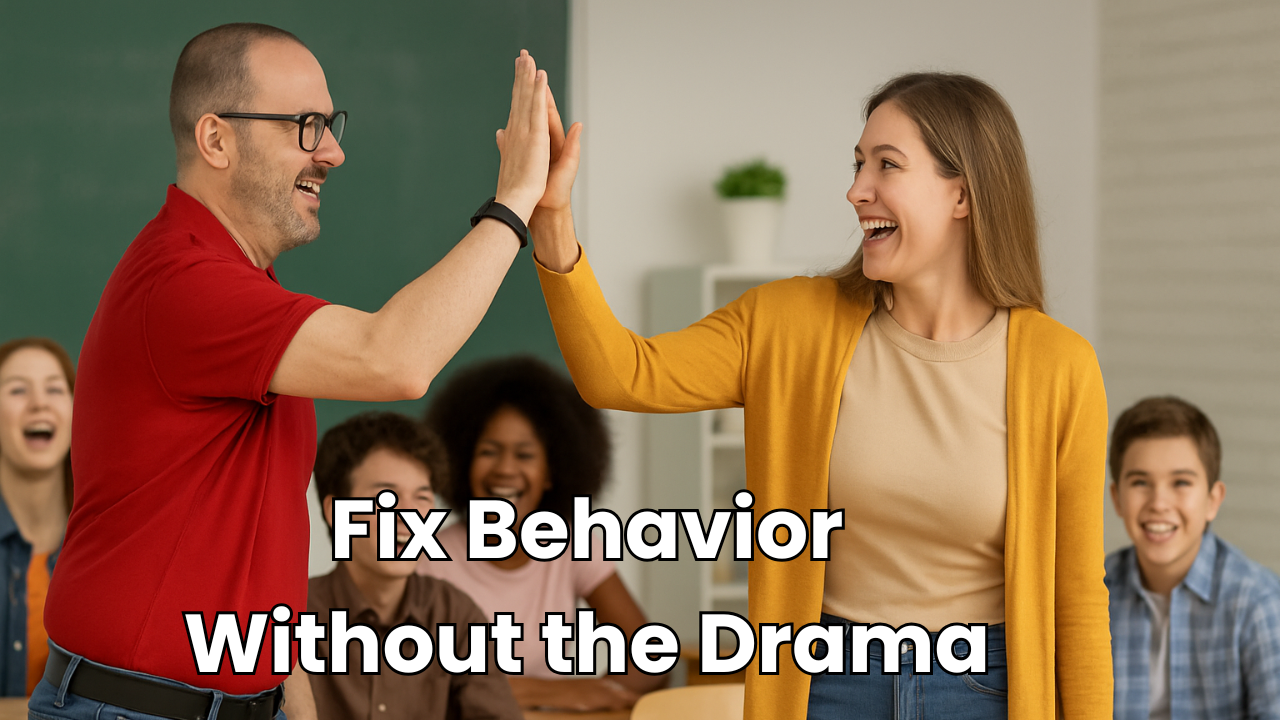
Show & tell was one of my favorite activities as an elementary student and not much has changed as a middle-school teacher! And my students love it too!
It's a great activity that allows students to show who they are while using the target language in a less stressful way.
It's also a great way to build classroom community.
Why?
Show & tell allows my students to show off what makes them unique, their favorite things, a favorite picture, a pet, or whatever else they want to share. It celebrates who they are!
It also allows students to use the language they have in a less stressful way.
Speaking in the target language is one of the most stressful things a student can do and doing so in front of their peers only increases that stress level.
But giving them a chance to talk about something they love somewhat reduces that stress level and makes the task a little more bearable. And what kid doesn't love to talk about themselves?
And it's just a bonus that it gives a fun twist on our conversation days
When?
At least once a month, but no more than twice a month we have a show-&-tell day in class.
It's a fun activity, but too much of anything can get old really fast, so I want to always leave them wanting more. This is one such activity.
I have a designated conversation day, usually Mondays, and I'll swap out show and tell for one of these conversation days. It keeps my kids on their toes and gives them a different opportunity to show off their speaking skills.
I dedicate an entire class period to the activity along with a Q&A session with their peers.
The Q&A session is just as important as the show-and-tell portion and I encourage students to ask their questions as much as possible in the target language.
How?
Students are assigned a date for their show & tell.
I schedule show-and-tell days at least two weeks in advance and assign who will be speaking on that day.
Students get to choose if they want to present LIVE! or pre-record on Flip.com for the class to watch.
Some kids get pretty nervous presenting LIVE!, so I offer them an opportunity to pre-record on Flip.com.
If they do choose to pre-record, they are not allowed to use read from any script. They have to present it just as they would LIVE! without any editing, stops and starts, or anything like that. They must record mistakes and all.
All show & tell's must have an accompanying slide deck.
I do this for two reasons: 1, it gives them the structure they need to keep the presentation going, and 2, it allows for the audience to follow along more easily.
Obviously, for some things, students can bring in the actual thing they are talking about, but for other things, like activities, that's not possible, so pictures may be the best way to give visuals to what they are talking about.
Q&A
All students regardless if they present LIVE! or on Flipgrid, must host a live Q&A session about their show & tell.
This is important and it will allow for a more spontaneous and less rehearsed speaking sample.
I'm looking for how well they handle the questions and how well they navigate words and phrases that they do not know. This is where all of those circumlocution lessons come to fruition. This puts kids in a real-world situation and I want to see how well they can keep up.
I encourage each student in the audience to ask at least one question.
Before the student starts talking, I tell the rest of the class, as they are listening, to write down at least two questions they would like to ask during the Q&A session.
I want them to write it down because too many kids will say, "that was my question!" when someone asks a question to get out of having to ask a question.
By having them write down two questions, if the first one is actually askes, they can ask the second one and if both questions were asked, I can see on their paper if it's actually true! :)
FUN!
This is a fun activity for students just because of the nature of it.
But you can lower the affective filter even more and make this activity even more fun by allowing students to bring in snacks and/or you can provide some popcorn.
Kids love to eat and allowing them to have snacks or popcorn is a great way to make this less of a "school" activity and more of just a group of people getting together to talk.
I hope you'll give this activity a try in your own classroom and if you do, let us know how it goes in the comments below!



